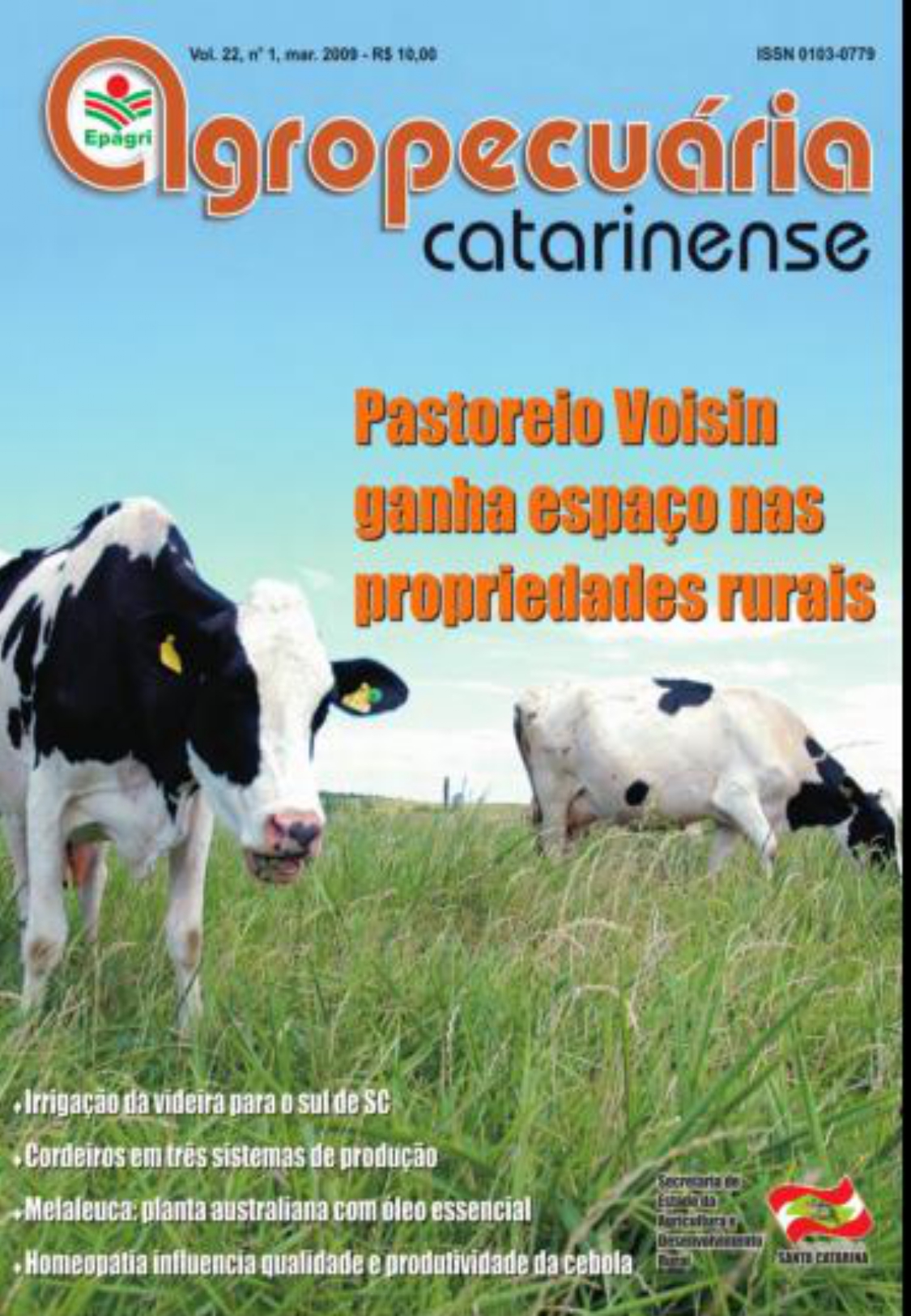Reaction of onion cultivars to anthracnose
Keywords:
Allium cepa, partial resistance, Colletotrichum gloeosporioidesAbstract
The leaf anthracnose caused by Colletotrichum gloeosporioides occurs in high incidence in onion
(Allium cepa) crops of southern Brazil. In order to better understand the symptomatological patterns and to screen resistant cultivars, the reaction to anthracnose and the disease progress rate were evaluated on 21 onion cultivars under greenhouse conditions during the cycle 2004/05, in Ituporanga, SC. Plants were inoculated by
spraying a suspension of 1.2 x 106 conidia/ml. Inoculated plants never died, but did show different levels of disease
severity. No variety was completely resistant to the tested isolate. However, about half of the cultivars, i.e., the cultivars Alfa Tropical, Alfa Tropical II, Belém IPA 9, Crioula Hortec, Crioula Roxa, Epagri 304, IPA 6, Régia, Rosada Empasc 358, Roxa IPA 3 and Super Precoce, exhibited lower disease progress rates, suggesting the existence
of several sources of partial resistance.
Metrics
Downloads
Published
How to Cite
Issue
Section
License
Copyright (c) 2020 Agropecuária Catarinense Journal

This work is licensed under a Creative Commons Attribution 4.0 International License.




